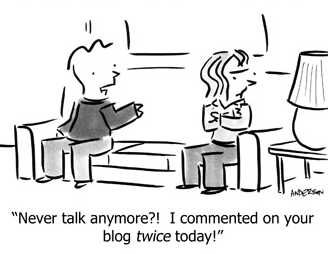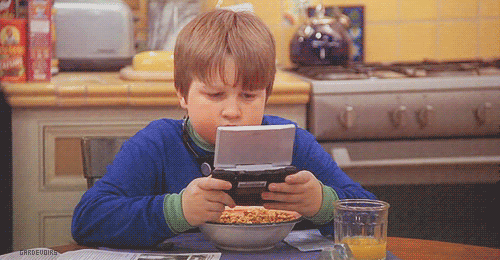
In the social world, everything to do with technology and digital literacies is becoming the norm. Instead of calling a person, we are facebooking them to ask about their day. Instead of writing invitations, a person tweets about a party they are holding, inviting people to come. To find out about someone's life, we can merely read their blog. This is the world that our new generation is being brought into, and so it makes sense that these are things that they are already being immersed in as a social practice in their home environment.
Carrington and Robinson (2009), state that in using technology as a classroom resource "teachers can build on young people's existing interests in social uses of technology and take them further in their learning". Social practices can therefore be used as a tool to facilitate learning in the classroom, allowing for children to engage in their interests. They also state that:
"It is incumbent upon teachers and policy makers to help structure the learning that many are participating in out-of-school literacy practices, so that we can value this our-of-school learning, provide further challenges and ensure universal access to these learning opportunities." (Carrington and Robinson, 2009)
References:
Carrington, V., Robinson, M. (2009). Digital Literacies: Social Learning and Classroom Practices. London: SAGE Publications Ltd.
Pictures and Clips:
2005-2013. (n.d.). Retrieved from http://www.tumblr.com/tagged/technology
Eating Cereal. (n.d.). Retrieved from http://www.tumblr.com/tagged/blogging
Look Darling. (n.d.). Retrieved from http://jeffreyhill.typepad.com/.a/6a00d8341d417153ef01287714113b970c-pi
Never talk. (n.d.). Retrieved from http://www.tumblr.com/tagged/blogging
Youtube.com (n.d0 ‘Evolution Of Time’. Retrieved from http://www.youtube.com/watch?feature=
player_embedded&v=4NGZ2GAN7CI
player_embedded&v=4NGZ2GAN7CI



No comments:
Post a Comment